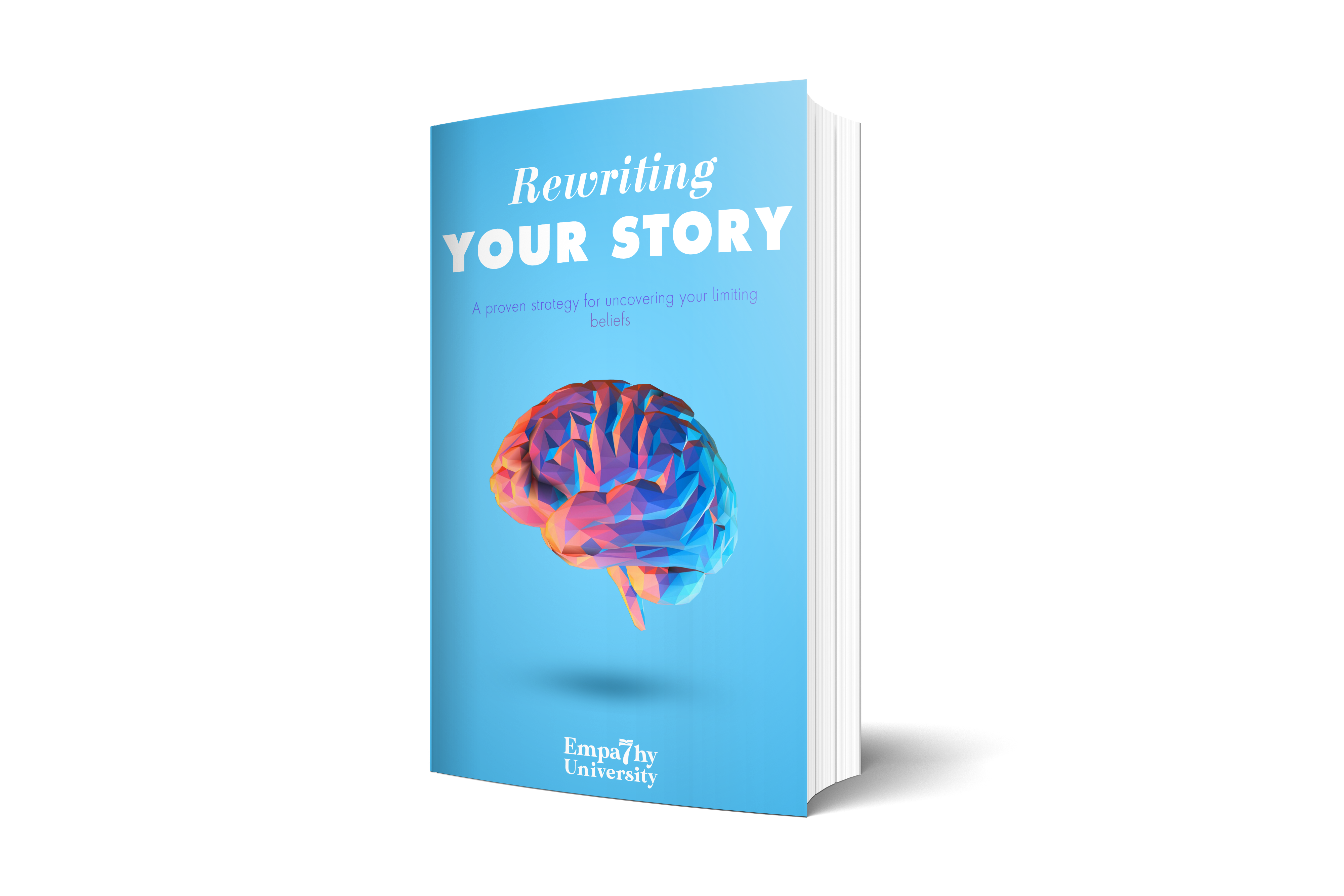We are not the stuff that abides, but patterns
that perpetuate themselves
― Norbert Wiener
The first time I heard of the term mind maps I was as a young 12-year-old kid, my dad had bought a VHS video series, by a lecturer named Tony Buzan, a memory expert.
We would sit and watch the video’s and then do the action steps at the end of the video, and I remember being really amazed by the untapped power of our memory to literally grow within minutes after doing mind map type memory exercises.
A Mindmap is a diagram that can connect ideas in any direction like a web, in fact at school we used to call them ‘spider diagrams’.
Its been shown by studies that using mind maps for any subject from learning languages to starting a business, presentation practising to revising for a test it will help by miles,
in one study those remembering words were asked to recall random words remembering 6 times as many than those not using mind mapping techniques.
So what’s so great about it?
Well, it models the way our brain works by bouncing ideas off of each other,.
You see when we have thoughts they never move linearly,
we connect old ideas and branch off with new ideas in seemingly random patterns.
You can generate ideas very quickly and then explore the different creative pathways that come up.
This is because we give information more meaning when it flows in a natural state
They’re great for teams to use as well for group brainstorming and interactive presentations.
You will work significantly faster than before and juggle more complex projects through mind mapping.
Mind maps will Give you an overview of a broad subject while also holding large amounts of information.
You will find yourself naturally linking and grouping concepts together through associations.
No more writer’s block or any type of creative endeavour for that matter
You can Study or revise less for exams and tests because you will more quickly understand the data at a deeper level as a result of creating mind maps compared with if you only read your notes chances are you’ll only understand the content at a superficial level, and you’re going to waste a lot of time!
Here are some of the top tips from Tony Buzan who trademarked and popularised the term “mind map” in the 1960s:
1. Use as much colour as possible because colours are exciting to our brain
2. Use curved rather than straight-lined branches as this keeps your brain more interested.
3. Use keywords to keep the mind map flexible.
4. Use as many pics as possible as a picture can tell a whole story by themselves.
5. Always start in the middle of your page, starting in the centre gives your brain the freedom to go wherever the hell it wants to.









